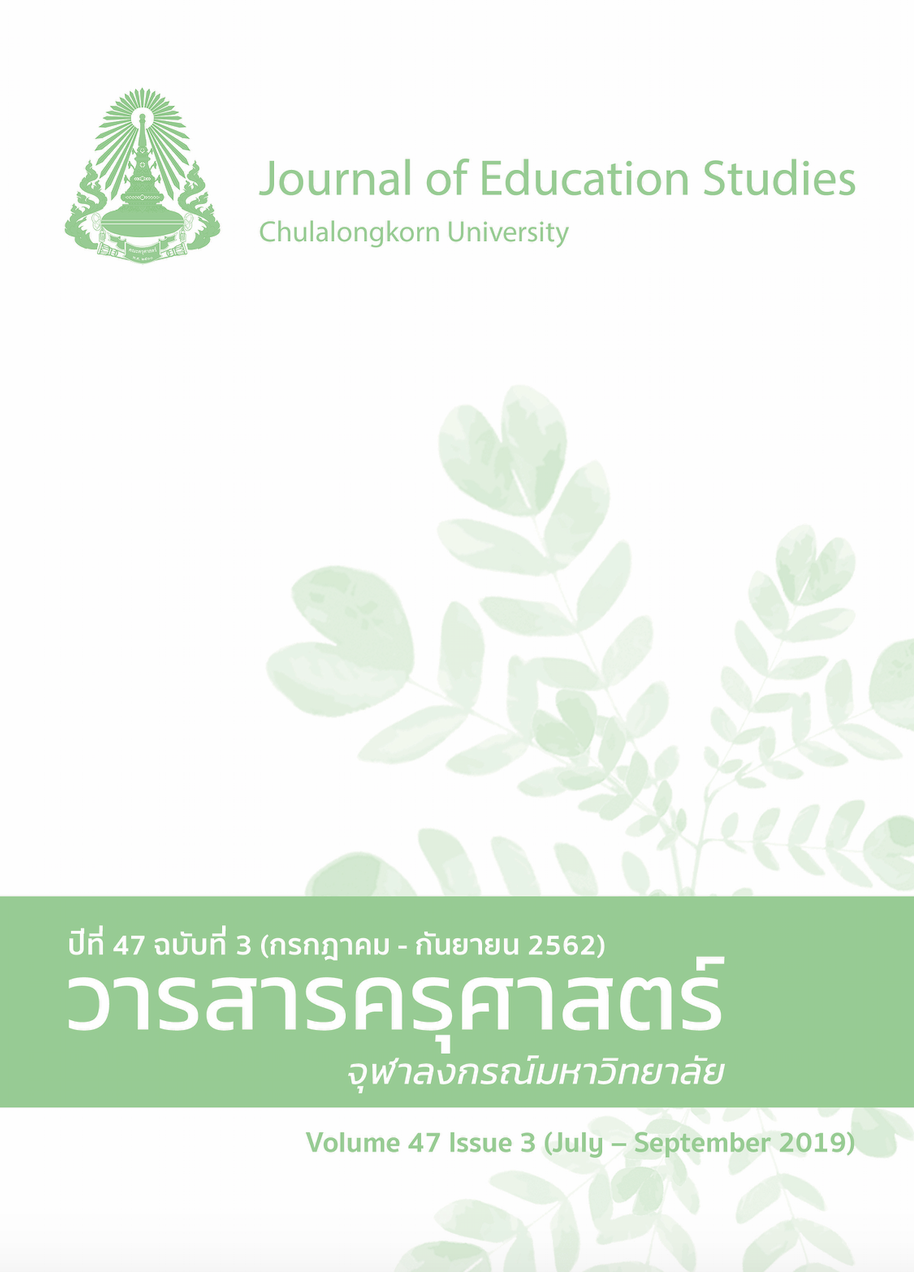Learning Analytics: The Relationship between Cultural Differences and Online Behaviors
Keywords:
CULTURAL DIFFERENCES, ONLINE BEHAVIORS, LEARNING ANALYTICSAbstract
This paper investigated online behaviors from 233 students using the Blackboard platform. Descriptive and inferential statistics were performed, crossing cultures and online behaviors with a focus on Learning Analytics method. Culture was found to have a significant effect on online behaviors, in which there is significant difference between cultures on content view counts (p = .015). There is no significant effect of cultures was found on assignment submission counts (p = .22) or discussion submission counts (p = .084). Further post-hoc analysis with Bonferroni correction confirms the difference between Africa and Europe and America, between South Asia and Europe and America, and between East Asia and Europe and America (all p < .01). However, one interesting finding shows that Asian students tend to be more involved in the learning management system as compared to their Western counterparts.
References
Agnihotri, L., & Ott, A. (2014). Building a student at-risk model: An end-to-end perspective. In J. Stamper, Z. Pardos, M. Mavrikis, B. M. McLaren (Eds.), Proceedings of the 7th International Conference on Educational Data Mining (pp. 209-212). London, UK: Institute of Education.
Arnold, K. E. (2012). Course signals at Purdue: Using learning analytics to increase student success. In S. B. Shum, D. Gasevic, & R. Ferguson (Eds.), Proceedings of the 2nd International Conference on Learning Analytics and Knowledge (pp. 267-270). Vancouver, BC, Canada: Society for Learning Analytics Research.
Bartholomew, S. R. (2017). Relationships between access to mobile devices, student self-directed learning, and achievement. Journal of Technology Education, 29(1), 2-24.
El-Seoud, M. S. A., Taj-Eddin, I. A., Seddiek, N., El-Khouly, M. M. and Nosseir, A. (2017). E-learning and students' motivation: A research study on the effect of e-learning on higher education. International Journal of Emerging Technologies in Learning, 9(4), 20-26.
Hofstede, G. 2011. Dimensionalizing cultures: The hofstede model in context. Online Readings in Psychology and Culture, 2(1), 8.
Jara, M. et al. (2017). Patterns of library use by undergraduate students in a Chilean university. Libraries and the Academy, 17(3), 595-615.
Kong, S. C. (2014). Developing information literacy and critical thinking skills through domain knowledge learning in digital classrooms: An experience of practicing flipped classroom strategy. Computers & Education, 78, 160-173.
Kauffman, H. (2015). A review of predictive factors of student success in and satisfaction with online learning. Research in Learning Technology, 23, 1-13.
Li, H., Flanagan, B., Konomi, S. & Ogata, H. (2018). Measuring behaviors and identifying indicators of self-regulation in computer-assisted language learning courses. Research and Practice in Technology Enhanced Learning, 13(19), 1-12.
Lu, J., Chin, K., Yao, J., Xu, J., & Xiao, J. (2010). Cross-cultural education: Learning methodology and behavior analysis for Asian students in IT field of Australian universities. In T. Clear & J. Hamer. (Eds.), Proceeding of 12th Australasian Computing Education Conference (ACE 2010) (pp. 117-126). Brisbane, Australia: Australian Computer Society.
Manikutty, S., Anuradha, N. S., and Hansen, K. (2007). Does culture influence learning styles in higher education?. International Journal of Learning and Change, 2(1), 70-87.
Marambe, K. N., Vermunt, J. D., & Boshuizen, H. P. A. (2012). A cross-cultural comparison of student learning patterns in higher education. Higher Education, 64(3), 299–316.
Pechenizkiy, M. (2017). From the president of the international educational data mining society. In C. Lang, et al. (Eds.), Handbook of learning analytics (pp. 9-10). Retrieved from https://solaresearch.org/wp-content/uploads/2017/05/hla17.pdf
Rashid, T., & Asghar, H. M. (2016). Technology use, self-directed learning, student engagement and academic performance: Examining the interrelations. Computers in Human Behaviour, 63, 604-612.
Sclater, N., Peasgood, A., & Mullan, J. (2017). Learning analytics in higher education: A review of UK and international practice. Retrieved from https://www.jisc.ac.uk/sites/
default/files/ learning-analytics-in-he-v3.pdf
Sun, A., & Chen, X. (2016). Online education and its effective practice: A research review. Journal of Information Technology Education, 15, 157-190.
Swierczek, F. W., & Bechter, C. (2010). Cultural features of e-learning: A Euro-Asian case study. In J. M. Spector et al. (Eds.), Learning and instruction in the digital age (pp. 291-308). New York: Springer.
Whitmer, J. C. (2014). Logging on to improve achievement: Evaluating the relationship between Use of the learning management system, student characteristics, and academic achievement in a hybrid large enrollment undergraduate course. (Doctor’s Dissertation). University of California, California.




